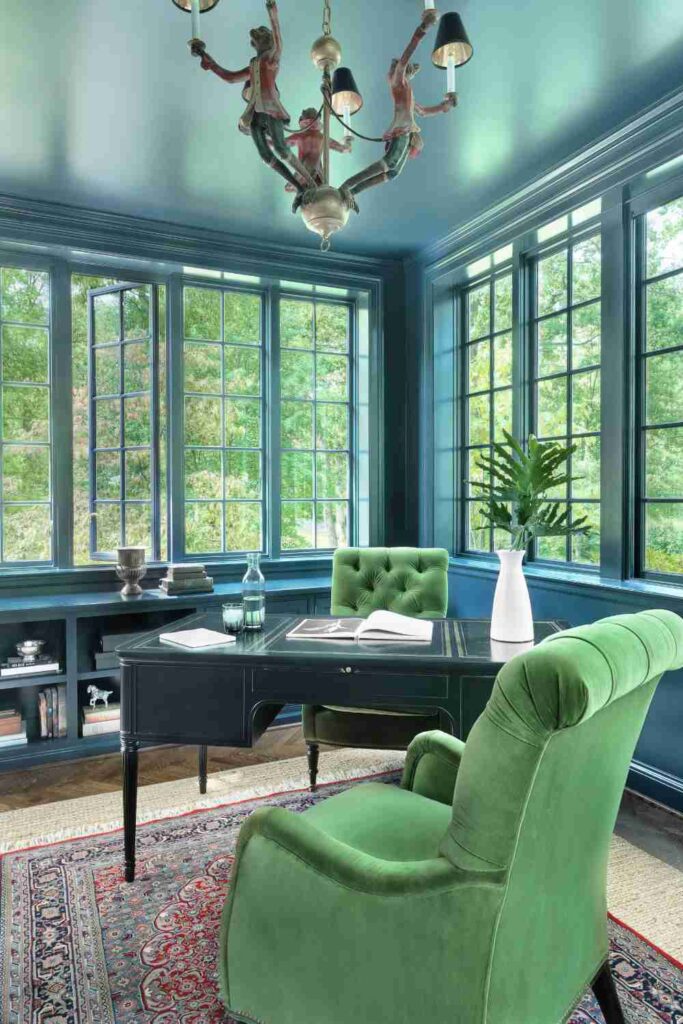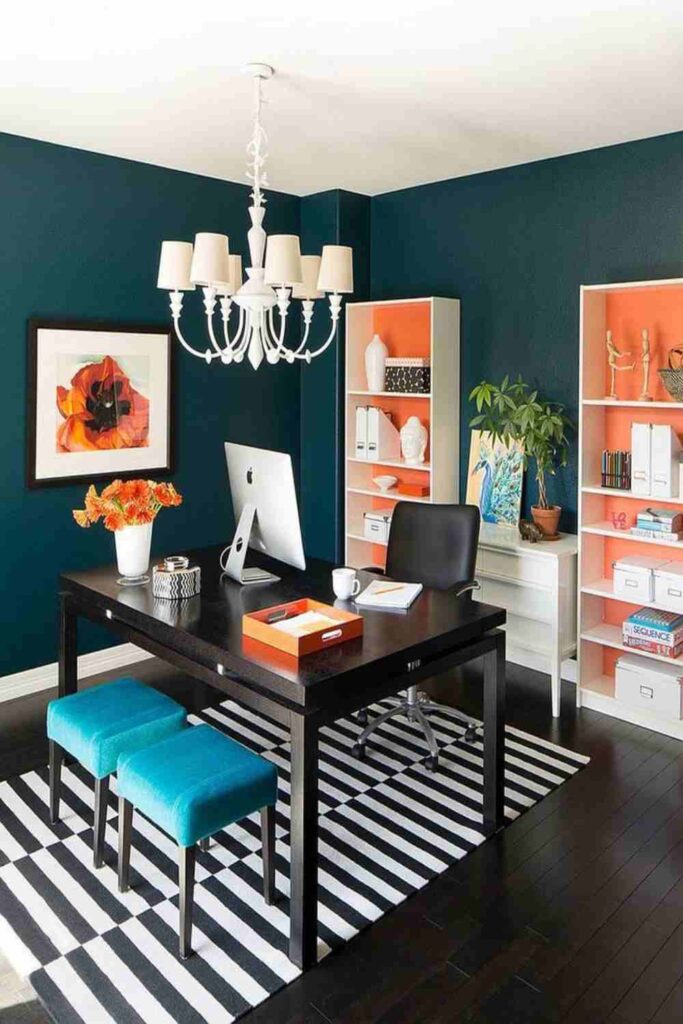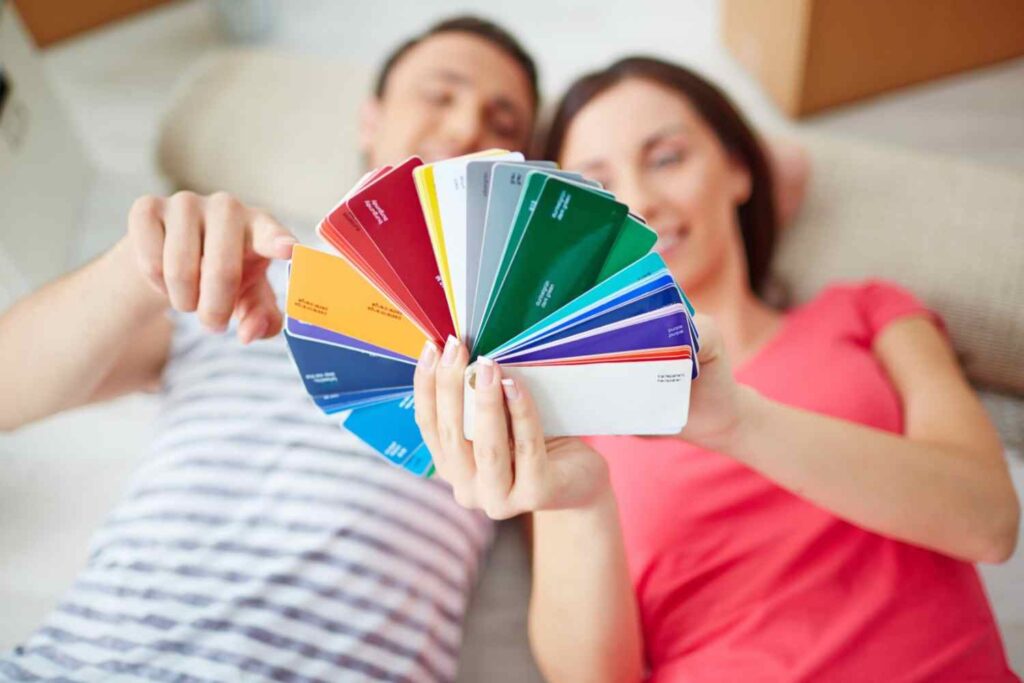
Are you looking to transform your living space into a harmonious and energizing sanctuary? One powerful tool you can use is color psychology.
By understanding how different colors impact our emotions and behaviors, you can create an interior design that stimulates the senses and enhances your overall well-being.
Color psychology is the study of color and its effects on human behavior. Different colors have the power to evoke specific emotions and moods.
For instance, royal color blue is known for its calming and serene qualities, while yellow is associated with energy and happiness. By strategically incorporating these colors into your interior design, you can create a space that promotes relaxation, productivity, or social interaction.
This article will examine how color of psychology influences interior design and suggest effectively incorporating it into your home.
From selecting suitable color palettes to choosing the right shades for different rooms, we’ll lead you through crafting a balanced and refreshing space that mirrors your taste.
Prepare to delve into color psychology and learn how to turn your living space into a lively and uplifting sanctuary.
The importance of understanding psychology Color Chart
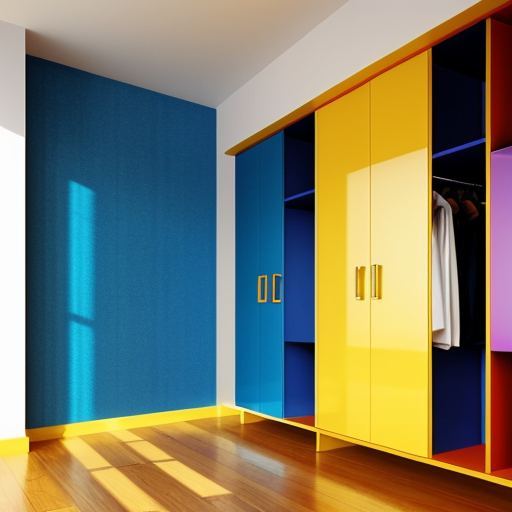

Color psychology is the study of color and its effects on human behavior. Different colors have the power to evoke specific emotions and moods. For instance, blue is known for its calming and serene qualities, while yellow is associated with energy and happiness.
By strategically incorporating these colors into your interior design, you can create a space that promotes relaxation, productivity, or even social interaction.
Understanding color psychology is crucial when it comes to interior design. The colors you choose for your home can have a significant impact on your mood and well-being.
By harnessing the power of color, you can create a space that not only looks beautiful but also supports and enhances your daily activities.
Choosing the right colors for different rooms
When it comes to choosing colors for different rooms, there are a few factors to consider. First, think about the purpose of the room and the emotions you want to evoke.
For example, if you want to create a peaceful bedroom, consider using shades of royal color blue or green. If you want to energize a home office, consider using shades of yellow or orange.
Next, consider the size and natural lighting of the room. In smaller spaces, lighter colors can help create a sense of openness and airiness. In larger spaces, darker colors can add depth and coziness.
Additionally, consider the existing color scheme and decor in your home. You want to create a cohesive and harmonious design, so choose colors that complement the existing elements in your space.
The impact of psychology color chart on emotions and moods
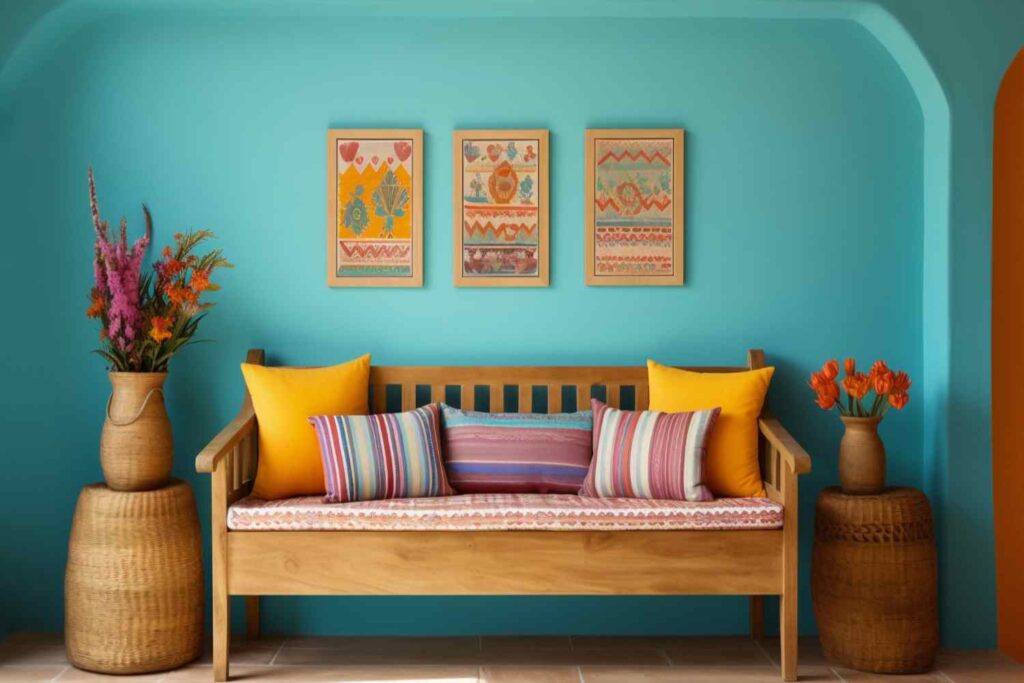
Colors have the ability to evoke a wide range of emotions and moods. Let’s take a closer look at some common colors and their psychological effects:
- Blue: Blue is often associated with calmness, tranquility, and stability. It can create a sense of serenity and relaxation, making it an excellent choice for bedrooms and spaces where you want to unwind.
- Yellow: Yellow is a vibrant and energetic color that can evoke feelings of joy, happiness, and optimism. It can help create a lively and cheerful atmosphere in spaces such as kitchens and living rooms.
- Green: Green is often associated with nature and represents growth, freshness, and harmony. It has a calming effect and is ideal for spaces where you want to create a sense of balance and tranquility, such as home offices or reading nooks.
- Red: Red is a powerful and stimulating color that can evoke strong emotions, such as passion, excitement, and even anger. It can be used strategically in spaces where you want to create a sense of energy and vibrancy, such as dining rooms or entertainment areas.
- Shades of Pink: Pink is often associated with luxury, creativity, and spirituality. It can create a sense of elegance and sophistication, making it a great choice for bedrooms or meditation spaces.
By understanding the psychological effects of different colors, you can choose the right hues for each room in your home, creating a space that aligns with your desired emotions and moods.
Creating a harmonious color scheme

color psychology
Creating a harmonious color scheme involves selecting colors that work well together and create a balanced and visually pleasing design. One popular approach is the use of complementary colors.
Complementary colors are opposite each other on the color wheel and create a vibrant and striking contrast when used together. For example, blue and orange, or purple and yellow, can create an eye-catching and harmonious color scheme.
Another approach is the use of analogous colors. Analogous colors are next to each other on the color wheel and create a more subtle and harmonious color scheme. For example, using various shades of blue and green can create a calming and cohesive design.
Remember to also consider the intensity and saturation of the colors. Using a mix of light and dark shades can add depth and dimension to your design.
Choosing the right colors for furniture and textiles

The selection of colors for furniture and textiles is a crucial aspect of interior design that directly influences the overall aesthetic and mood of a space. When choosing furniture, considerations should be given to how the color of each piece contributes to the desired atmosphere and visual impact.
For instance, a bold, statement sofa in a vibrant hue can serve as a focal point, adding personality and vibrancy to a room, while neutral-toned furniture can create a sense of versatility and timelessness.
Similarly, textiles such as curtains, rugs, and upholstery offer opportunities to introduce texture and color accents that complement the overall design scheme.
By integrating color psychology into furniture and textiles, one can create a cohesive and impactful interior design that resonates with the inhabitants and visitors alike.
Using color psychology to enhance the functionality of a space
Color psychology can also be leveraged to enhance the functionality of a space, creating environments that support specific activities and behaviors.
For instance, in work or study areas, incorporating shades of blue and green can promote concentration, productivity, and a sense of calm, ideal for fostering a focused and conducive atmosphere.
In areas designated for relaxation and unwinding, such as reading nooks or meditation spaces, soft and muted tones can induce a sense of tranquility and invite moments of introspection.
By aligning color choices with the intended function of each space, we can optimize the environment to better cater to our needs and enhance our overall experience within the home.
Balancing personal preferences with color psychology principles
While understanding color psychology is instrumental in making informed design choices, it is equally important to balance personal preferences with psychological principles.
Ultimately, the goal of interior design is to create spaces that resonate with the individuals inhabiting them, reflecting their unique tastes and personalities.
This may involve incorporating favorite colors or hues that hold personal significance, while still considering how these choices align with the emotional and psychological impact of the overall design.
By striking a balance between personal expression and the principles of color psychology, one can achieve spaces that are not only visually appealing but also deeply resonant with the inhabitants.
Harnessing the power of color psychology in interior design

In conclusion, the art of influence through color psychology in interior design unveils the transformative power of hues in shaping our living spaces. By understanding the emotional and psychological impact of colors, we can curate environments that evoke specific moods, support various activities, and resonate with our individual preferences.
From selecting the right colors for different rooms to harmonizing furniture and decor, the deliberate application of color psychology elevates our interior design choices, creating spaces that are not only visually captivating but also emotionally enriching.


As we continue to explore the enchanting world of colors in psychology, we unveil the profound influence of hues in shaping the way we experience and interact with our surroundings, ultimately enriching our lives through the artful use of color.
This article takes a comprehensive look at the captivating interplay between color psychology and interior design, offering insights and strategies for harnessing the transformative power of hues in shaping our living spaces.
Whether you are embarking on a home renovation project or seeking to understand the subconscious cues of your environment, the art of influence through color psychology promises to inspire and empower your design journey, unlocking the potential for creating emotionally resonant and visually compelling living spaces.
By embracing the art of influence through color psychology, we embark on a journey of self-expression and intentional design, where each hue becomes a brushstroke in the canvas of our living spaces, weaving narratives of emotion, ambiance, and personal identity.
Let the captivating world of color psychology guide your design choices and unleash the transformative power of hues in shaping the very essence of your home.


